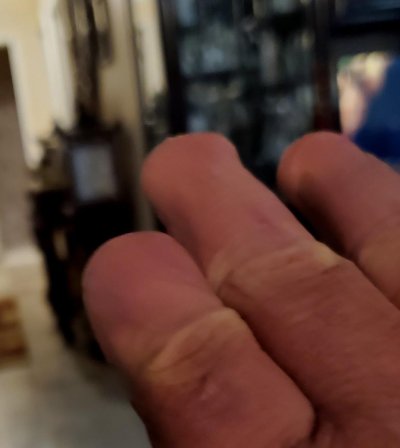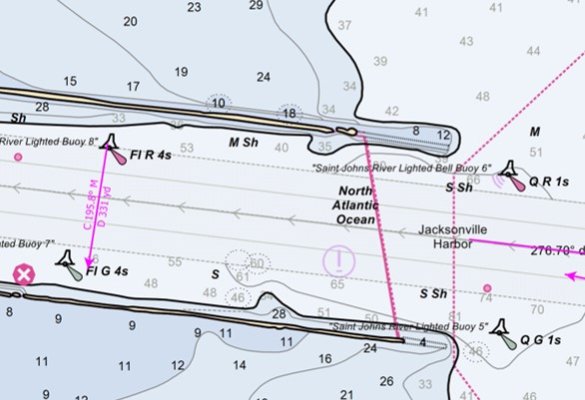It's been about 25 years since I've had an infant child. I would like to think, I would have taken possession of my new (to me) vessel and spent the night in Cape Canaveral and proceeded in the very early am. Either by myself or with a friend. Definitely not with my wife an infant child on board.
I personally like to test any new boat before I ever take loved ones or family riding.
I prefer to have local knowledge before I ever transition a pass at night.
I have reported or listened to enough channel marker issues to be careful especially at night.
Last but not least if I had to make that transition at night, my plain would be to use low speed. Only enough to allow steerage.
Because I am using my phone and missing 5 finger tips please excuse any inadvertent typos.
Thanks
Wow what happened to your five finger tips? That sounds like it hurt. And all that makes plenty of sense to me.
����
Yep they are still there, see attached photos
Any other questions?
I can post a picture of my 1/2 a left foot, not must right leg left to photograph.
Attachments
Last edited by a moderator:



